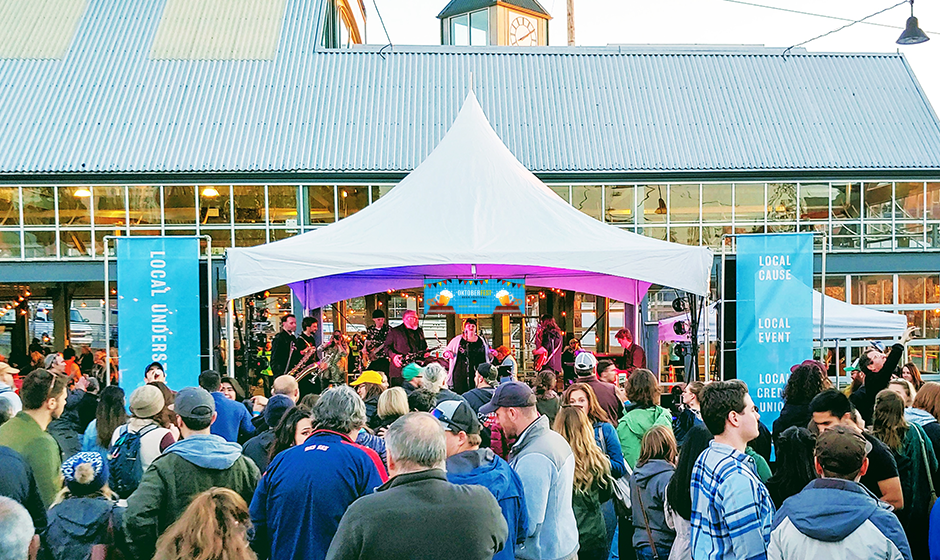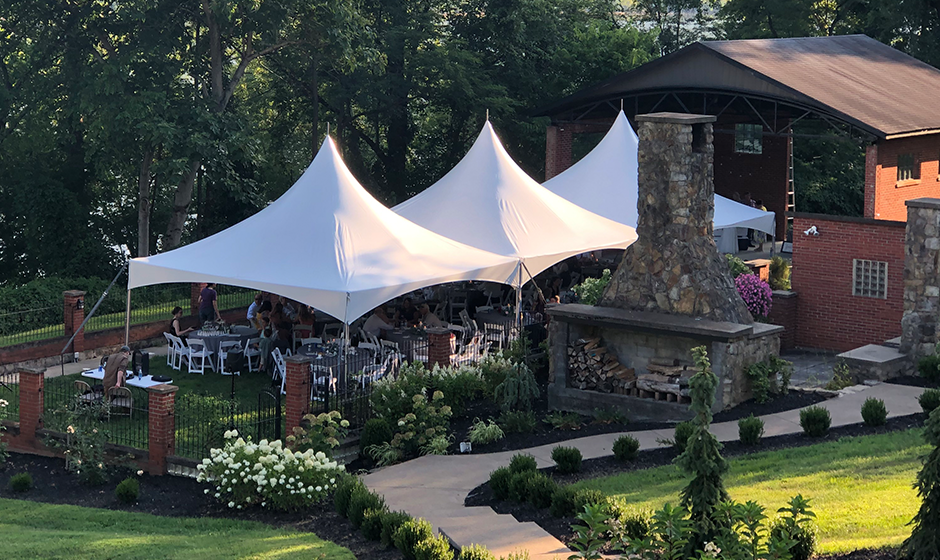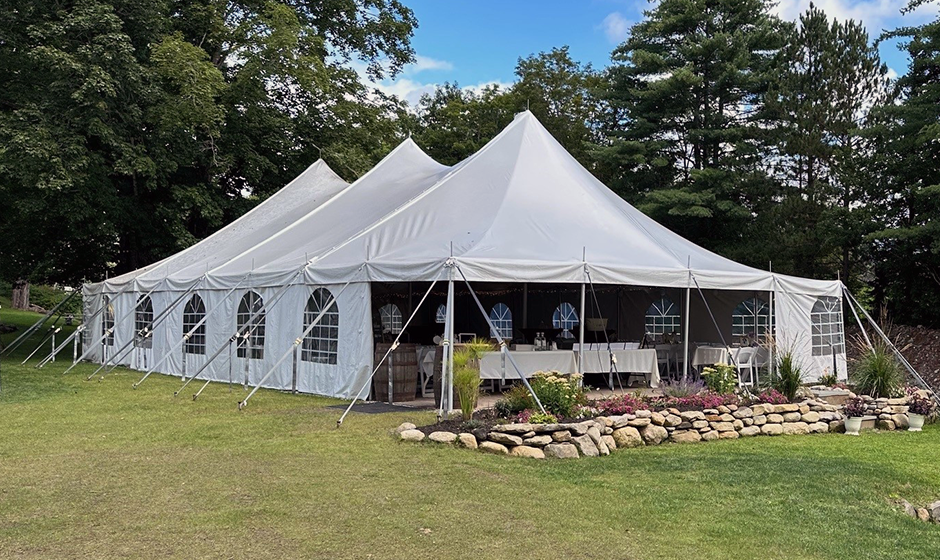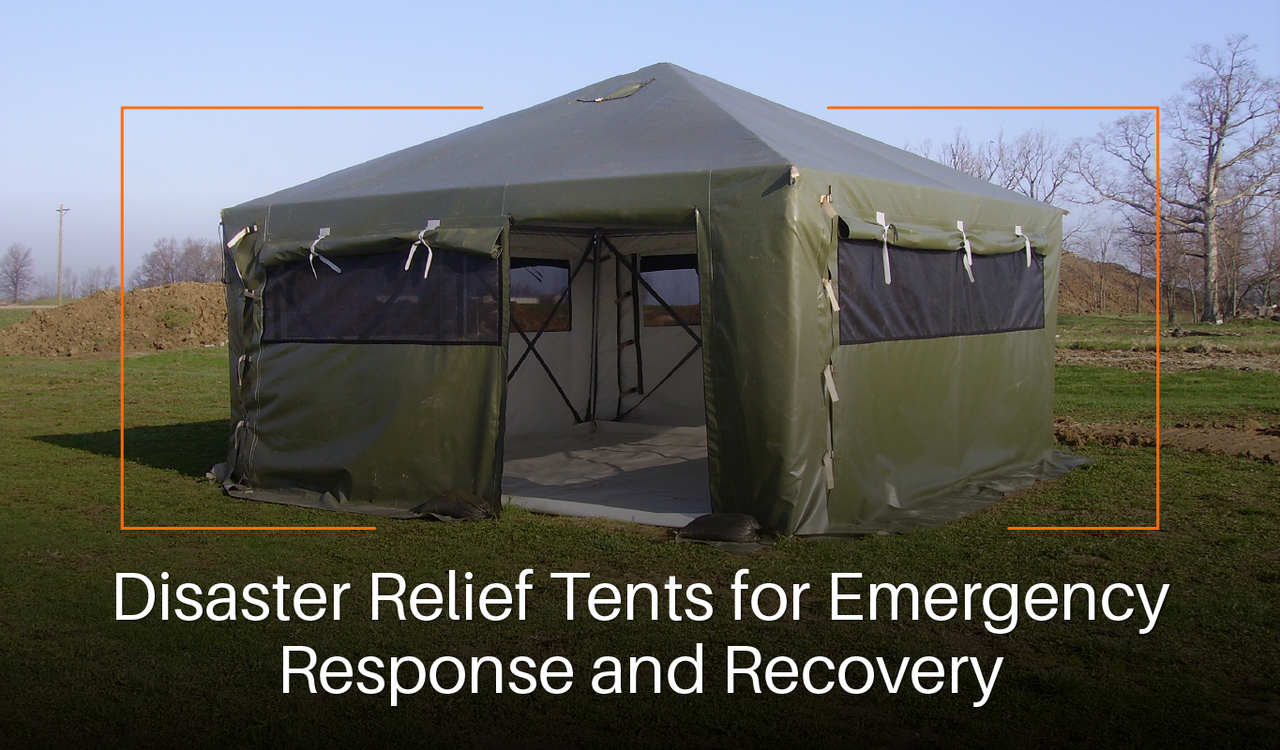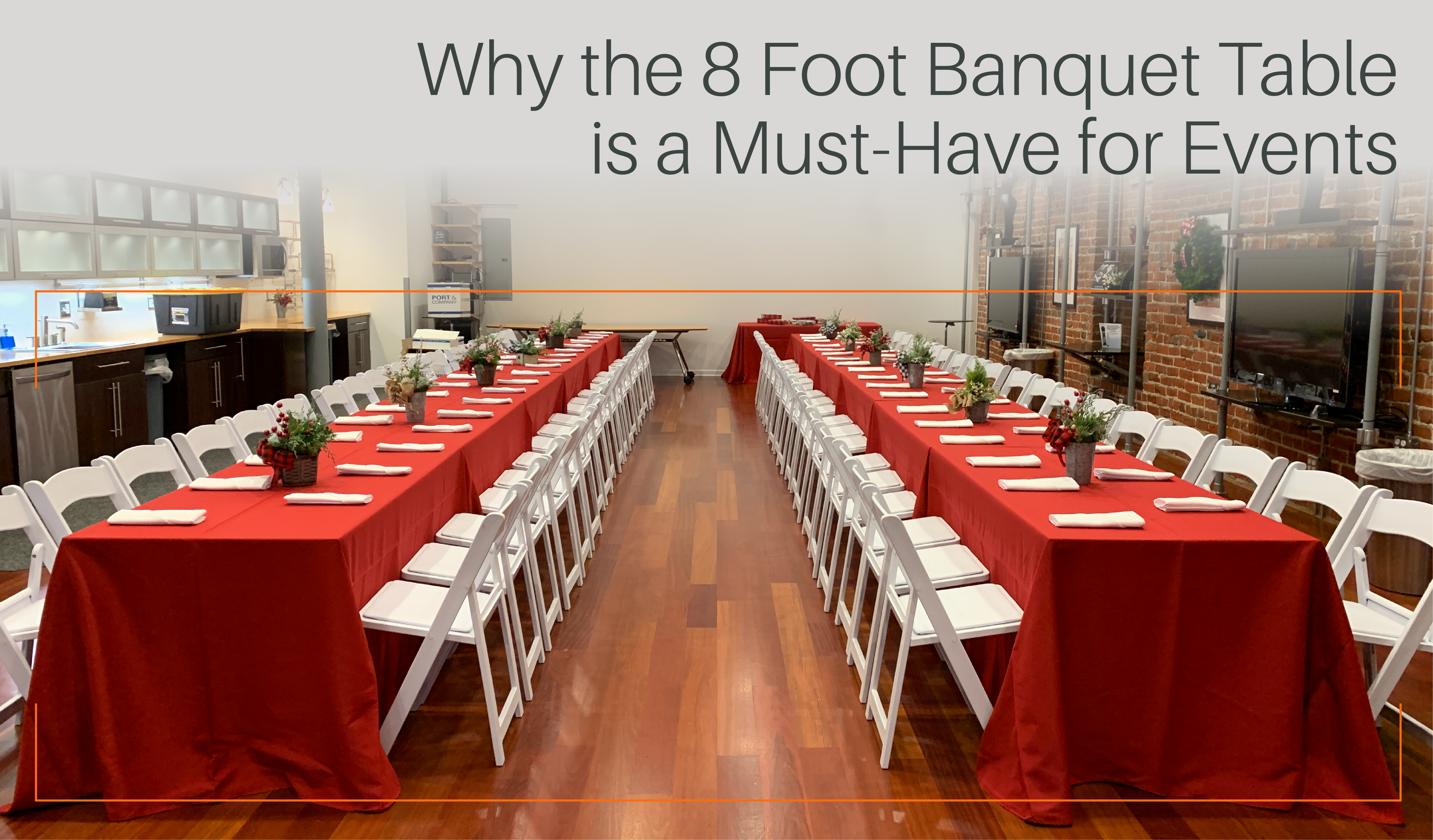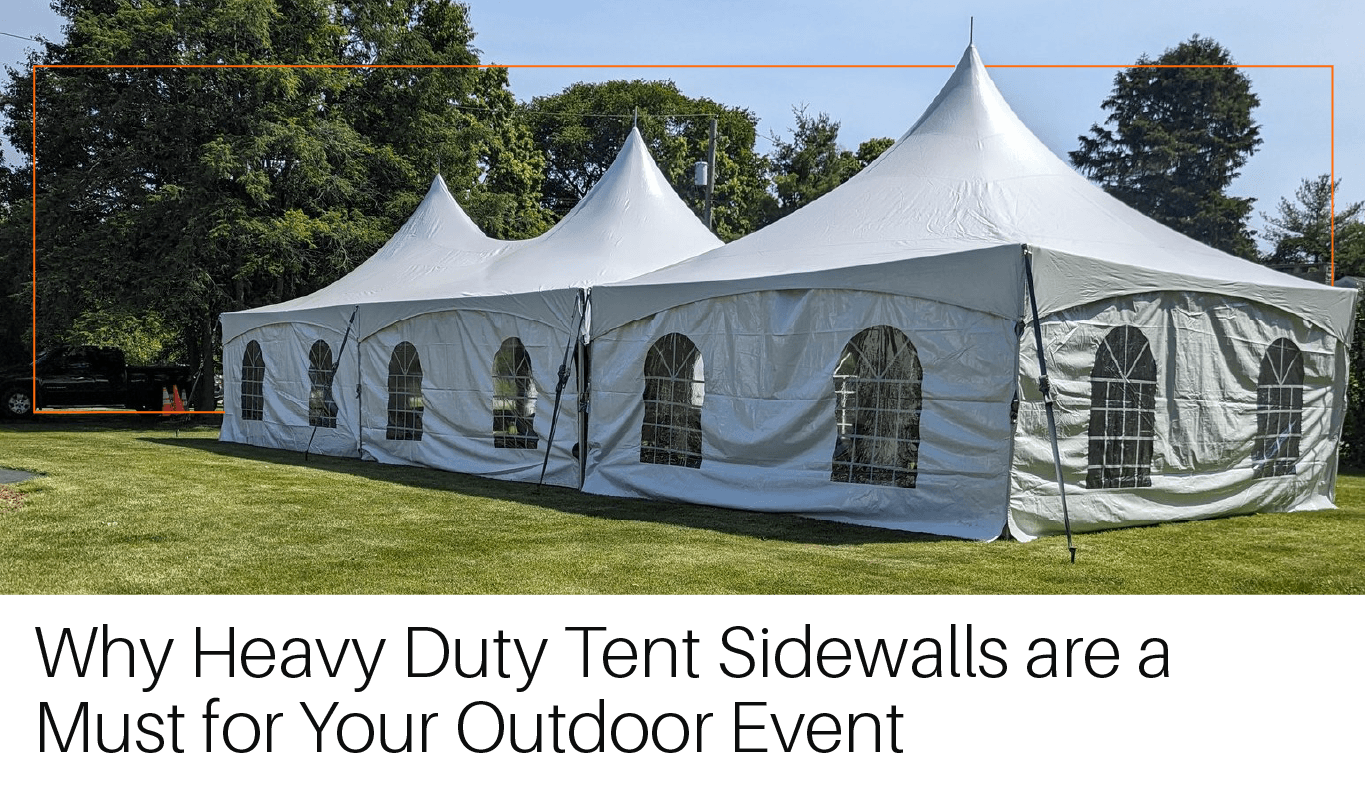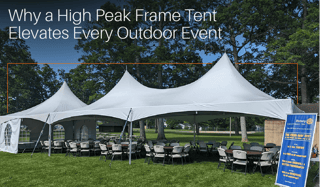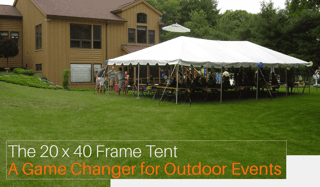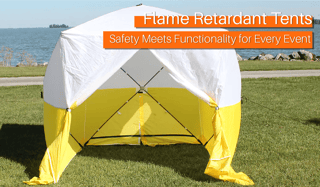Disaster Relief Tents for Emergency Response and Recovery
When disaster strikes, whether through hurricanes, earthquakes, floods, or wildfires, the need for immediate shelter is urgent. First responders, NGOs, and government agencies rely on disaster relief tents to create rapid, adaptable solutions in the midst of chaos. These tents aren’t just temporary shelters—they're mobile command centers, triage zones, food distribution sites, and sometimes, the only refuge for displaced families.
Why Disaster Relief Tents Are Essential
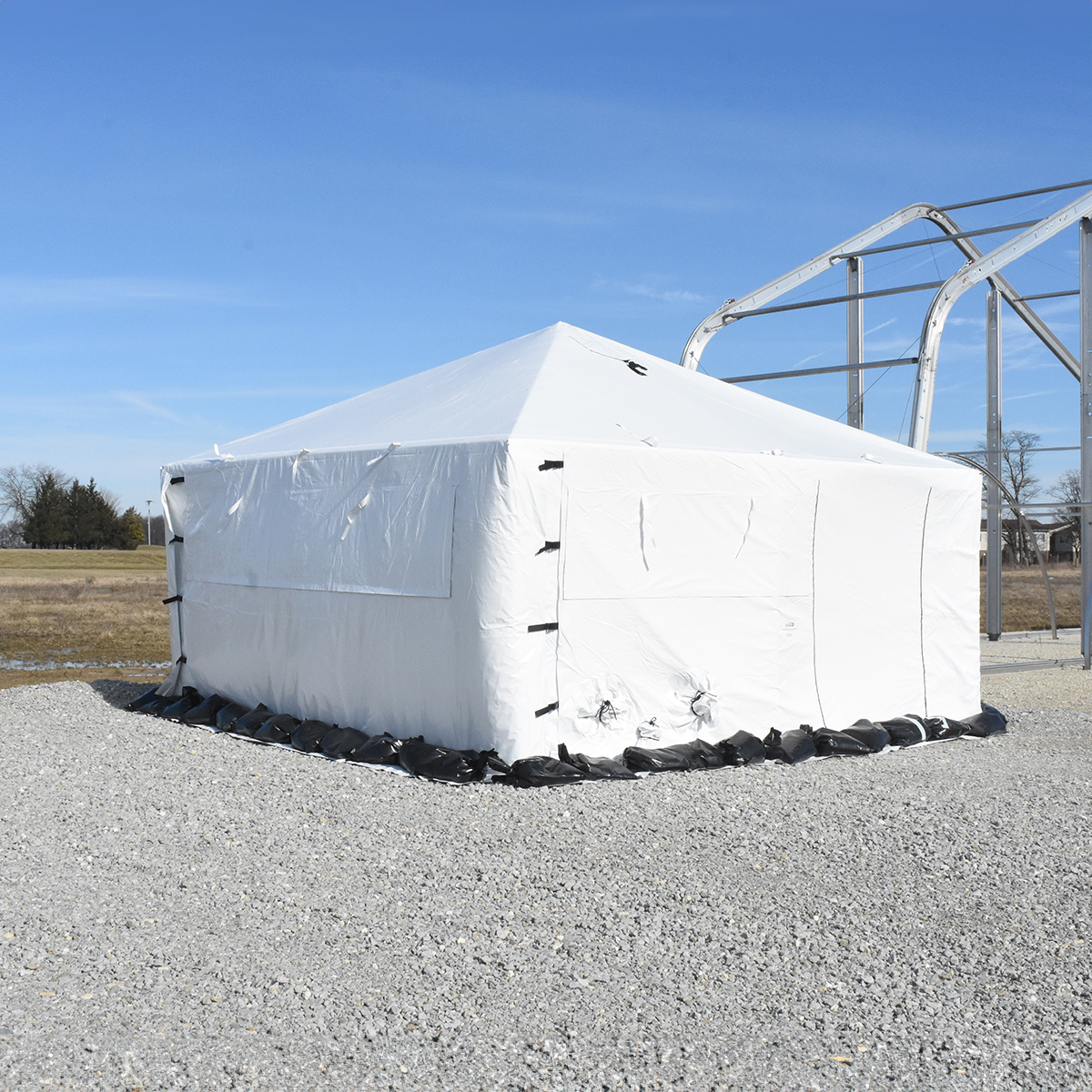
In the critical hours following a disaster, shelter is one of the most immediate needs. Tents serve as the backbone of relief operations because they’re portable, quick to set up, and highly versatile. Designed for rough environments, they’re engineered to withstand wind, rain, and fluctuating temperatures while remaining easy to deploy.
Unlike standard camping tents, relief tents are constructed with reinforced frames and weather-resistant, flame-retardant fabric. Many are modular, allowing organizations to create large-scale encampments for hundreds of people. Pre-positioned stockpiles of disaster tents in strategic global locations enable aid groups to deploy help even faster, cutting down critical response time.
Key Uses for Relief Tents in Emergency Response
Temporary Housing
For families who’ve lost their homes, disaster relief tents provide privacy, shelter, and security during an incredibly vulnerable time. Interior dividers and raised flooring systems offer comfort and protection in chaotic settings.
Medical Clinics and Field Hospitals
Tents can be rapidly transformed into treatment centers. Medical-grade units include ventilation options, isolation areas, and flooring systems that accommodate equipment. They're indispensable when hospitals are damaged or overcrowded.
Command and Operations Centers
NGOs and emergency response teams often set up tents as operation hubs, with space for coordination meetings, planning, and communication networks.
Supply Distribution Points
Relief tents are used as covered stations for food, water, and hygiene kit distribution, allowing for organized and dignified delivery to affected communities.
Educational and Child-Friendly Spaces
In long-term crises, some tents are designated for learning or child-safe spaces, offering children a sense of normalcy and safety.
CELINA Team Insight: Our disaster relief shelters are engineered for fast deployment and resilience—providing reliable protection when it matters most, no matter the environment or conditions.
Features That Matter in Disaster Relief Settings
- Durability: Heavy-duty frames, wind resistance, and tear-resistant materials are vital. Relief tents are exposed to unpredictable elements and must hold up to extended use.
- Quick Deployment: Many relief tents are designed to be fully operational within hours, even by untrained personnel.
- Weatherproofing: Waterproof seams, heat-sealed windows, and UV-resistant coatings help keep occupants safe and dry.
- Mobility: Lightweight and compact enough for air drop or ground transport, ensuring fast deployment.
- Adaptability: Modular designs allow tents to connect and expand, with HVAC, lighting, insulation, and solar power options.
Pre-positioned stock is key to rapid response. With tents stored in regional hubs, aid organizations can mobilize immediately—even in areas where infrastructure is destroyed.
Partners in Recovery: Who Uses Disaster Relief Tents?
Global aid organizations like the Red Cross, UNHCR, and Doctors Without Borders rely on tent systems as part of their rapid deployment strategy. Local governments use them during wildfire evacuations or flood displacement events. Even private companies support humanitarian efforts by supplying tents to hard-hit regions during crises, often in coordination with relief agencies to meet logistical and cultural needs.
Long-Term Impact of Shelter Solutions
Disaster recovery doesn’t end when the storm passes. Relief tents often remain for weeks or months, supporting rebuilding and providing stability for affected communities. When designed well, they protect not only bodies but dignity—offering comfort and security when everything else feels uncertain.
Final Thoughts: Tents That Save Lives
From the ashes of wildfires to the wreckage of earthquakes, disaster relief tents help communities regroup and rebuild. They offer protection, purpose, and partnership when it’s needed most. Durable, mobile, and adaptable, they’re more than just structures—they’re lifelines.
Are you a part of an emergency response or humanitarian aid organization? Browse our collection of high-performance disaster relief tents tailored for field efficiency, rapid deployment, and real-world resilience. With pre-positioned stock and expert support, be ready before the next crisis hits.
FAQ: Disaster Relief Tents
What are disaster relief tents used for?
Disaster relief tents are temporary shelters deployed after natural disasters or humanitarian emergencies. They’re used for housing, medical stations, command centers, and supply distribution hubs. Celina designs relief tents for rapid setup, durability, and long-term stability in unpredictable environments.
How fast can disaster relief tents be set up?
Most relief tents can be deployed within hours, depending on size and crew experience. Many models are designed for quick installation with minimal tools, allowing responders to establish safe shelter or operational bases almost immediately. Celina’s modular systems prioritize speed, even for large-scale camps.
What materials are used in disaster relief tents?
High-quality disaster tents use aluminum or steel frames with PVC-coated or polyester fabric that’s flame-retardant, UV-resistant, and waterproof. Celina’s tents are engineered to withstand high winds and harsh climates while remaining lightweight for easy transport.
Can disaster relief tents be used as medical or field hospitals?
Yes. Many relief tents are designed specifically for medical use, offering ventilation systems, insulated liners, and modular partitions for triage or treatment zones. Celina supplies field hospital tents equipped for isolation, sterilization, and medical infrastructure integration.
Are disaster tents suitable for long-term housing?
While intended for temporary use, high-quality relief tents can serve for weeks or months. They provide insulation, privacy, and weather protection until permanent housing becomes available. Celina’s shelters are built for long-term reliability during extended recovery phases.
How are disaster relief tents transported to remote areas?
Relief tents are designed for compact storage and lightweight transport by air, sea, or land. Palletized and pre-packed units make air drops or truck distribution efficient. Celina supports global logistics with pre-positioned stock for rapid delivery to affected regions.
Can disaster relief tents be connected or expanded?
Yes. Modular designs allow tents to connect side-by-side or end-to-end, forming larger encampments. Celina’s relief shelters can be scaled with connecting corridors, shared HVAC systems, and integrated flooring for efficient multi-tent operations.
Who uses disaster relief tents during emergencies?
Organizations such as the Red Cross, UNHCR, FEMA, and local governments rely on disaster tents for shelter and operations. Celina partners with relief agencies and emergency services to supply field-tested, compliant shelters ready for deployment worldwide.
What features make a relief tent durable?
Durability comes from heavy-duty framing, reinforced seams, and weather-rated materials. Celina’s relief tents are tested for wind, rain, and load strength to ensure performance under extreme conditions.
Where can I purchase disaster relief tents?
Celina offers disaster relief tents built for rapid deployment, long-term use, and field efficiency. With modular options, global delivery, and support for humanitarian logistics, we supply durable shelters for agencies and response teams worldwide.




